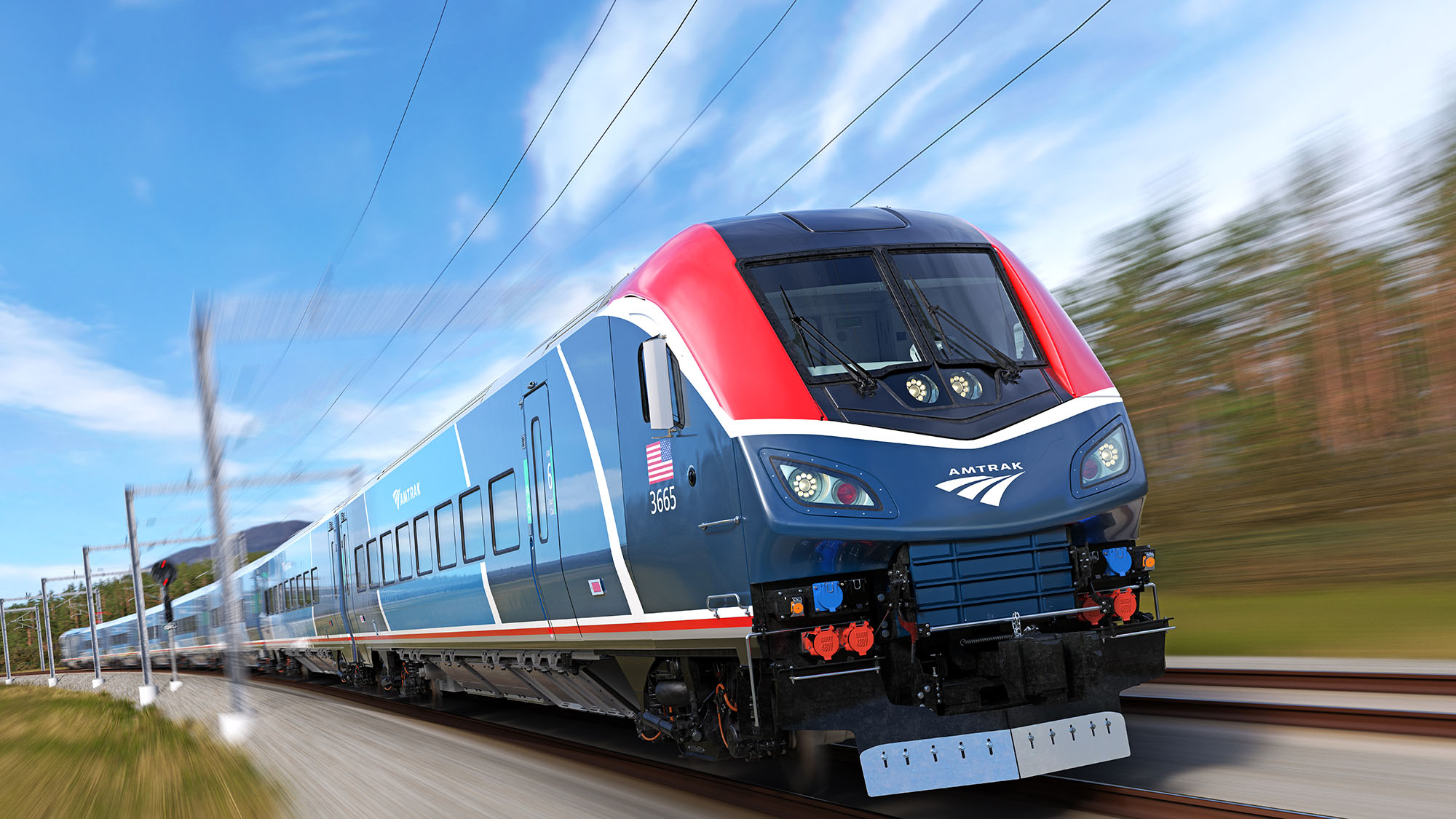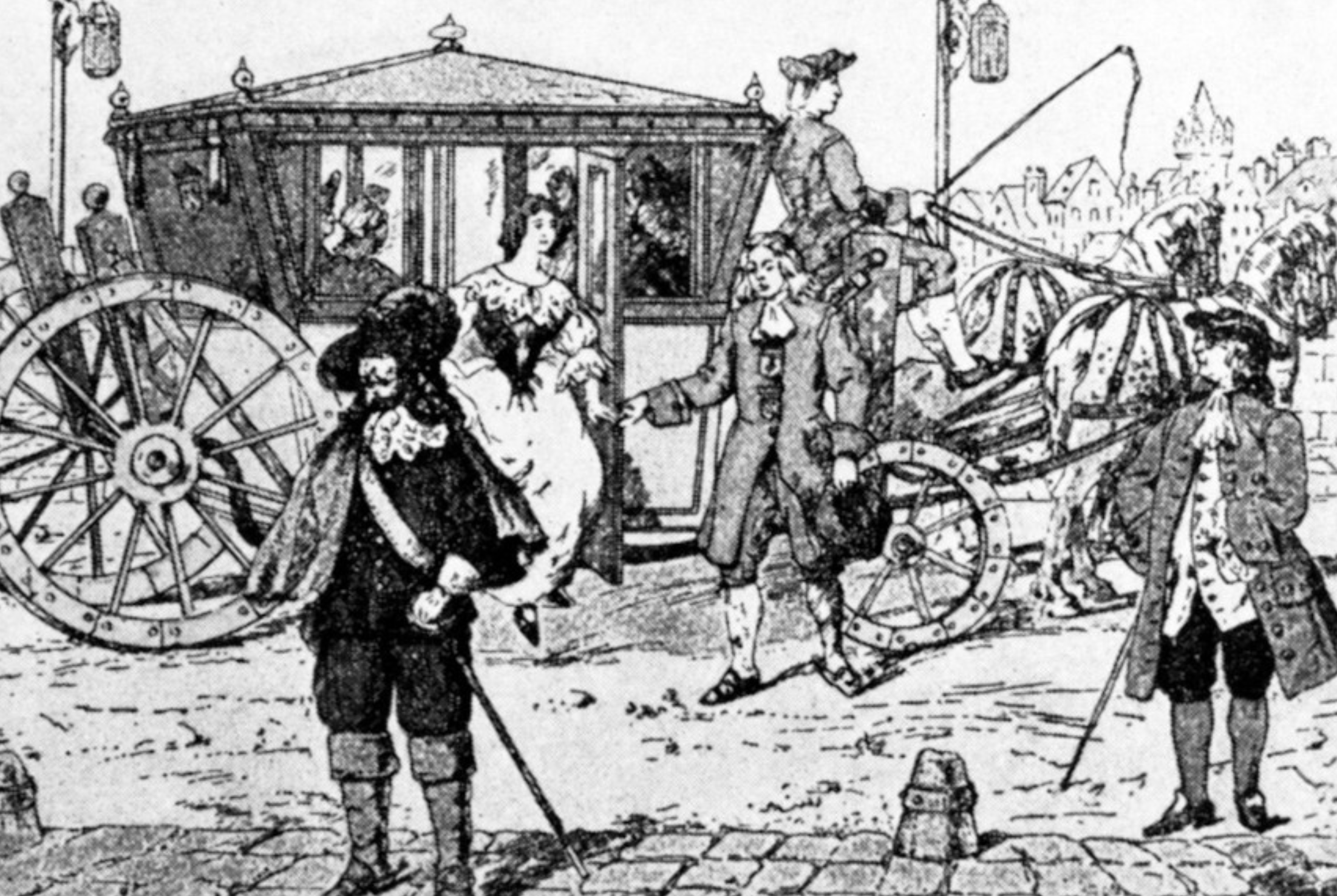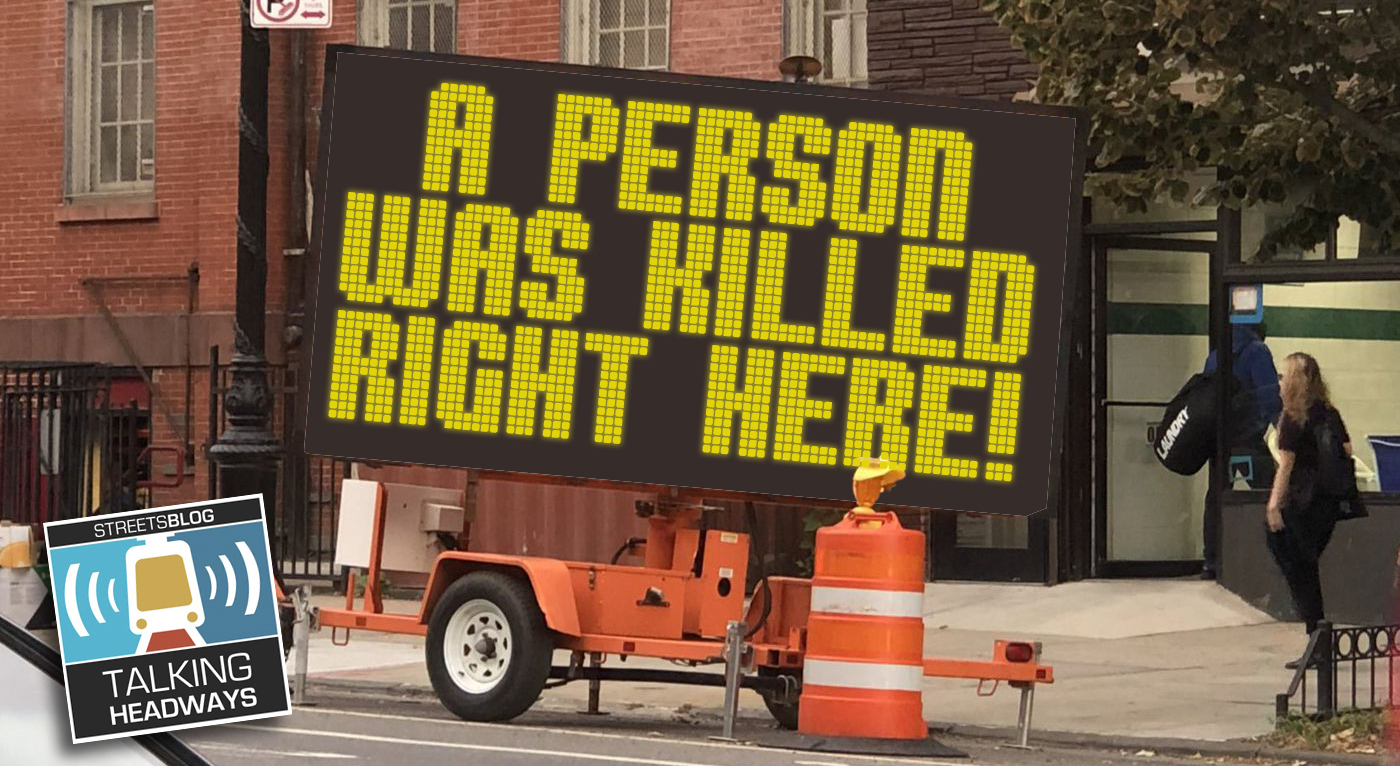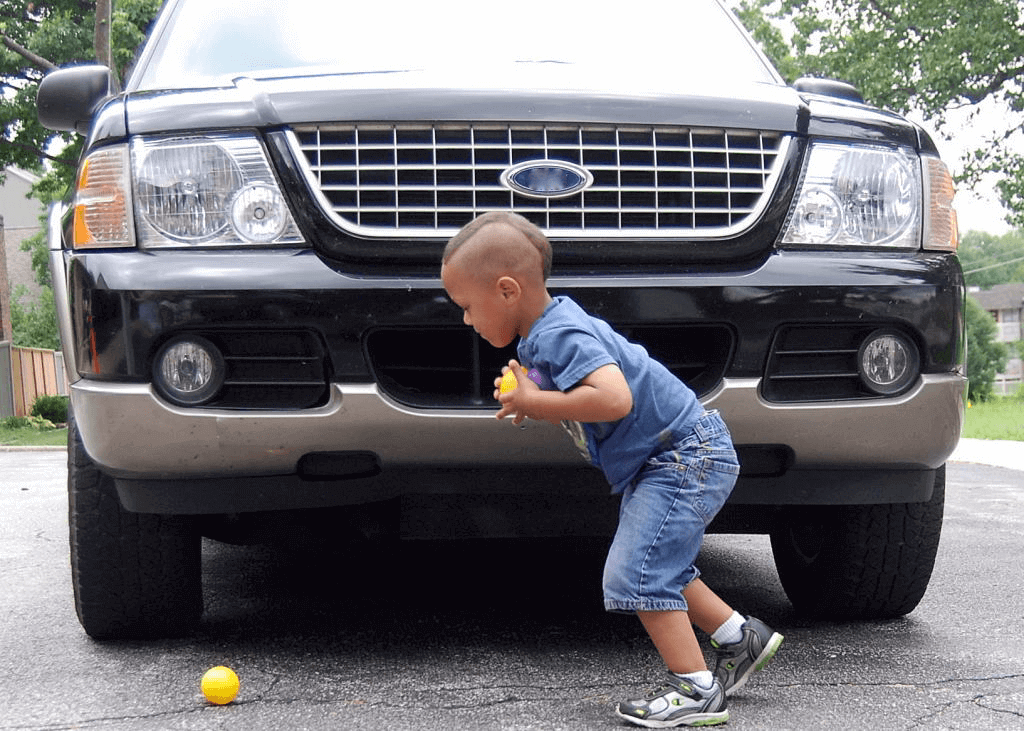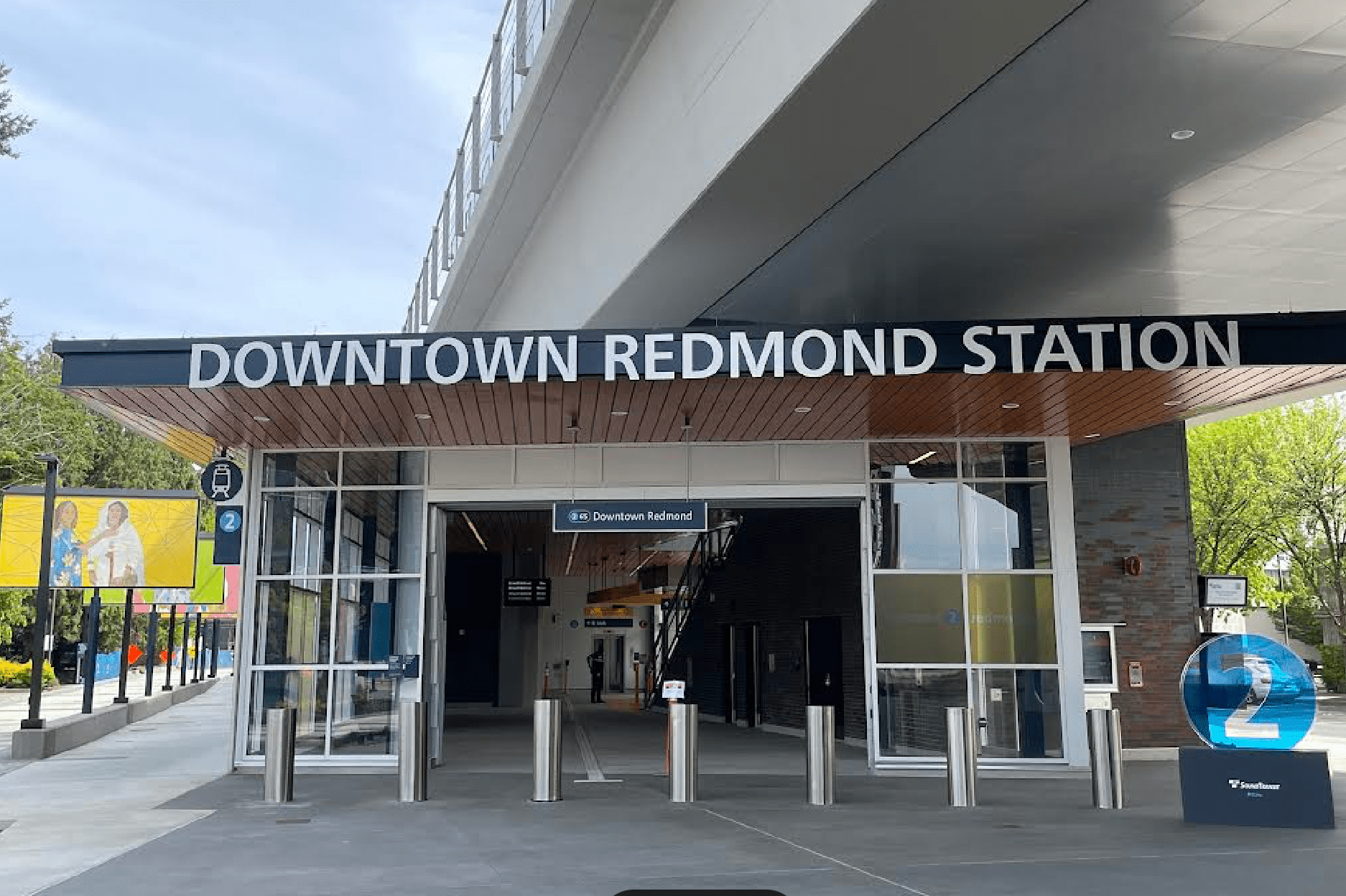Yesterday was national Bike to School Day, an event that shows kids what it's like to power their own way to school. The fact that we have a special day to promote what used to be part of the daily routine for many children also speaks to the way biking and walking have been marginalized on American streets.

Two generations ago, in 1969, almost half of American school kids under 15 biked or walked to school, writes Emma Kilkelly at Network Mobilizing the Region. By 2009, the rate had shrunk to just 13 percent.
The good news is that the downward trend finally shows some signs of reversing, says Kilkelly:
Between 2007 and 2012, the shares of kids who walked to and from school rose 3.3 percent and 3.9 percent, respectively. Biking to school, on the other hand, has actually decreased: in that same time period, the percentage of students who biked to and from school fell 0.4 percent, hitting just 2.2 percent.
In a survey by the National Center for Safe Routes to School, distance (62 percent), traffic speed (55 percent), traffic volume (55 percent) and crossing safety (47 percent) were the four most-cited barriers by parents who did not allow their child to walk or bike to school. Only 10 percent of such respondents, however, said the convenience of driving influenced their decision.
These dangers of walking and biking to school -- real or perceived -- are major impediments to getting more families to opt for active transportation. When more people bike and walk on a street or in a neighborhood, the risk of injury or death via vehicle collisions in that area drops. But perceived dangers, which influence a parent’s decision on whether or not to allow their child to bike or walk to school, are both legitimate concerns and self-fulfilling prophecies. Streets that lack adequate sidewalk space or safe crossings, or neighborhoods that facilitate high-speed automobile traffic aren’t suitable for anyone -- least of all young children -- to bike or walk. And when parents observe these dangerous road conditions, they may then choose to drive their child to school -- adding yet another car to those streets.
What’s more, many students live farther from their schools today than they did 40 or 50 years ago, making biking or walking to school less convenient than driving. In 1969, 41 percent of students ages 5 to 14 lived within one mile of their school, but by 2009, that share dropped to roughly 31 percent. Now, nearly half of students in kindergarten through eighth grade live more than two miles away from their school. The key to encouraging active transportation among families who live farther from their child’s school is not just installing one-off safety improvements to certain streets, but building a comprehensive network of safe streets.
Schools that have SRTS education and encouragement initiatives saw a 25 percent increase in walking and biking to school over a five-year period. Active travel to school increased 37 percent at schools in four different states after SRTS projects were completed.
Elsewhere on the Network today: Second Avenue Sagas weighs the short-term options to relieve New York City's transit crowding problem. In recognition of Jane Jacobs' 100th birthday yesterday, Next STL compared before and after scenes of urban renewal in St. Louis. And Mobility Lab reminds cities that bike-share is transit.
